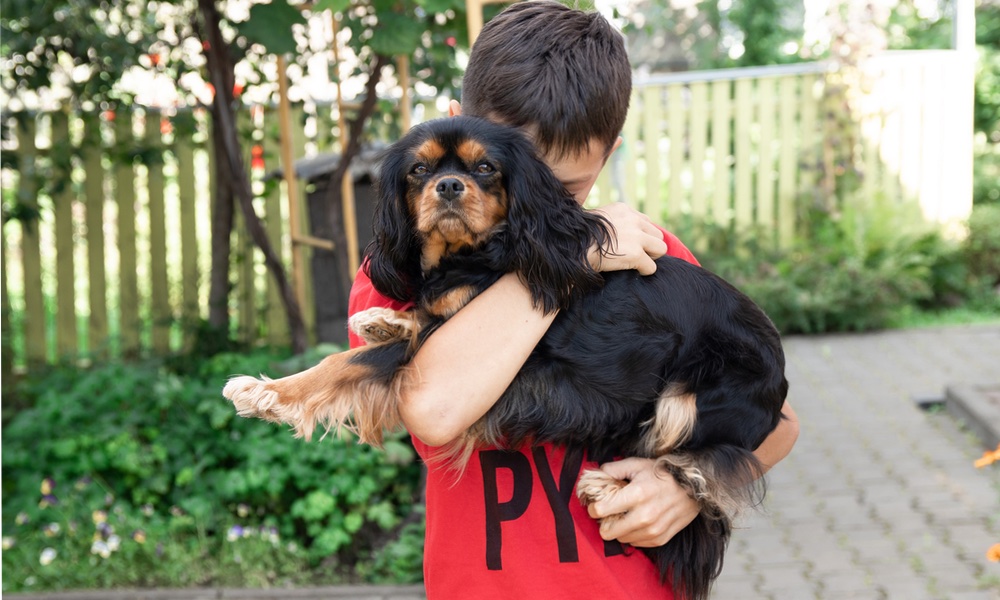The brain’s prefrontal cortex is a superstar when it comes to how we relate to the world around us. It’s the area that helps us regulate and process emotional interactions. It also influences our attention, impulsiveness, memory and cognitive flexibility. That’s why keeping our prefrontal cortex active and healthy is important for our mental and emotional well-being.
There’s a pretty easy and pleasant way to stimulate the benefits of the prefrontal cortex, a Swiss study finds: pet a dog. Dog owners probably won’t be surprised that the physical comfort their pets offer is good for their brains, but they may be gratified to see scientific evidence confirming the pleasure they get from their pets.
The understanding that pets offer us emotional perks isn’t groundbreaking news. Past studies have shown that engaging with animals, particularly dogs, helps folks cope with anxiety, stress and depression.
To get a deeper understanding of the process so they could help clinicians improve animal-assisted therapies, Swiss researchers, led by Rahel Marti at the University of Basel, designed an ingenious study.
These same activities were also performed with “Leo” a stuffed lion. In order for Leo to better simulate the experience of petting a live dog, his stuffing included a water bottle to match the temperature and weight of the live dogs.Prefrontal brain activity increased each time participants interacted with the real dog rather than the stuffed lion.
Here’s what the researchers found out from their experiments:
- Prefrontal brain activity was greater when participants interacted with real dogs (not Leo).
- The largest difference in reaction between participants, the live dog and Leo took place during the most interactive exercise — when people were actively petting the dog.
- Prefrontal brain activity increased each time participants interacted with the real dog rather than the stuffed lion.
- Prefrontal brain activity did not increase with successive interactions with Leo. Researchers suspect this could indicate the response is related to familiarity or social bonding.
This isn’t the end of their investigation. Further studies will be needed to look at whether petting animals can trigger a similar boost of prefrontal activity in people who are dealing with socio-emotional disruptions such as are seen in those on the autism spectrum who may have a difficult time recognizing and managing their emotions, coping successfully with conflict and forming healthy friendships.
Maneuvering in the world can be stressful without these abilities. Just imagine if sessions petting a dog — or cat or other warm, furry friend — could help.
The study is published in PLoS ONE.





